空间之间:理解高速数字电路的感应系数

最左边圆形的线圈,直径为10英寸。最大自感应系数为730nH。移动到右边,自感应系数会逐渐变小直到达到最后螺旋状的线圈时为190nH。
我提起这个简单的实验,因为我经常听工程师说:“电路自感应系数为1nH。”或者“旁路电容有500pH的自感应系数。这些话假定可以计算信号通道个别部分的离散感应系数。
处理大组件时,这个假设是好的。根据电路分析的Kirchhoff定律,串联的两个导体的总感应系数应该等于它们各自感应系数之和。
Kirchhoff分析的正确性有个重要前提,即在导体间没有强烈的电磁场存在。高速数字电路将大量快速变化的电磁场注入导体之间的空间。这些数字电路不满足Kirchhoff的前提,因此,Kirchhoff定律在高速电路领域是无效的。
由于电场、寄生电容和磁场,高速电子学中用寄生电容补充Kirchhoff定律。
图2举例说明了两个线圈周围的磁场类型。线圈传输等量反相电流,类似图1中的发夹结构。假设电流I1通过一个线圈流出,在一个发夹中改变方向,流到另一个线圈形成电流I2。

如果从远距离观察,电流I1产生的磁场几乎抵消了I2所产生的大小相等方向相反的磁场。越接近线圈,抵消越明显,总磁场强度越小。
感应系数L的表现载流电路附近的总磁场强度E一样。感应系数和场强之间的精确表达式是:
如果线圈的间距影响了存储的磁场强度,则间距也影响电路的感应系数。
磁场的相互作用解释了当没有指定完整信号的电流路径的形状和位置时,为什么不能对局部分布式电路计算感应系数。它可能改变感应系数。该路径的每个部分都会影响感应系数。
例如,通道的感应系数依赖于附近两部分连接的位置。旁路电容的感应系数依赖于附近的参考面。
感应系数不是独立部件的特性。在分布式电路中,感应系数是两导体之间的空间特性。
英文原文:
In-between spaces: Understanding inductance in high-speed digital circuits
By Howard Johnson, PhD -- EDN, 5/24/2007
I measured the inductance of four loops of wire. Each loop comprises the same length of insulated #10 AWG solid-copper wire (Figure 1). During testing, I probe the wires at their endpoints (bottom of figure), holding the wires vertically above the tester and well away from all other metal objects.
The leftmost loop, the round one, has a diameter of 10 in. It gives the largest inductance at 730 nH. Moving to the right, the inductance drops in each case until you reach the final loop, the twisted wire, at 190 nH.
I mention this simple experiment because I have all too often heard engineers say: “My via has an inductance of 1 nH,” or “My bypass capacitor has an inductance of 500 pH.” Those statements assume that you can ascribe discrete inductances to individual portions of a signal path.
That assumption is a good one when dealing with macroscopic components. According to Kirchhoff’s laws for circuit analysis, the total inductance of two inductors in series should equal the sum of their independent inductances.
The correctness of Kirchhoff’s analysis hinges upon a crucial precondition, namely that no significant electromagnetic fields inhabit the spaces between conductors. High-speed digital currents infuse the spaces between conductors with massive, fast-changing electromagnetic fields. These digital circuits do not meet Kirchhoff’s precondition; therefore, Kirchhoff’s laws are invalid in the high-speed domain.
In hi
Figure 2 illustrates the pattern of magnetic fields surrounding two wires. The wires carry equal and opposite currents, much like the hairpin structures in Figure 1. Imagine current I1 going out on one wire, changing direction at a hairpin turn, and returning as I2 on the other wire.
If you observe from a remote distance, the magnetic fields that I1 generates nearly cancel the equal-but-opposite magnetic fields that I2 generates. The closer you bring the wires, the better the cancellation, and the smaller the overall magnetic-field energy.
Inductance L represents nothing more and nothing less than the total magnetic-field energy, E, surrounding a current-carrying circuit. The precise relation between inductance and field energy is:
If the spacing between wires affects the stored magnetic energy, then the spacing affects the circuit inductance, as well.
This interaction between magnetic fields explains why you cannot ascribe inductance to one part of a distributed circuit without also specifying the shape and location of the complete signal-current path. It might increase or decrease the inductance. All parts of the path influence the inductance.
For example, the inductance of a via depends on the location of nearby interplane connections. The inductance of a bypass capacitor depends on its proximity to the reference planes.
Inductance is not a property of an individual component. In distributed circuits, inductance is a property of the spaces between conductors.




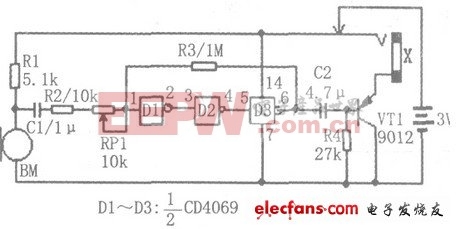
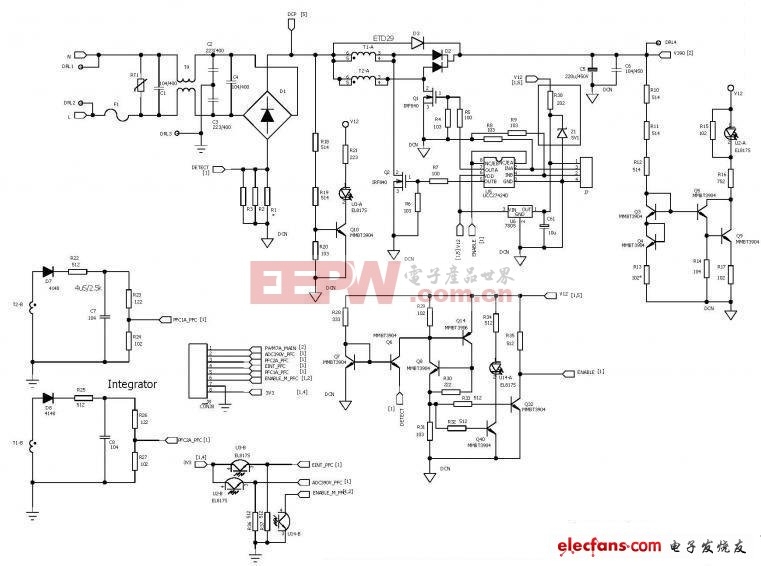
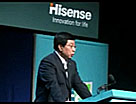
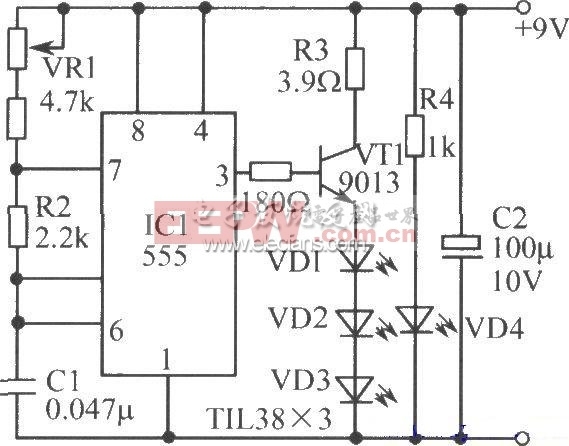
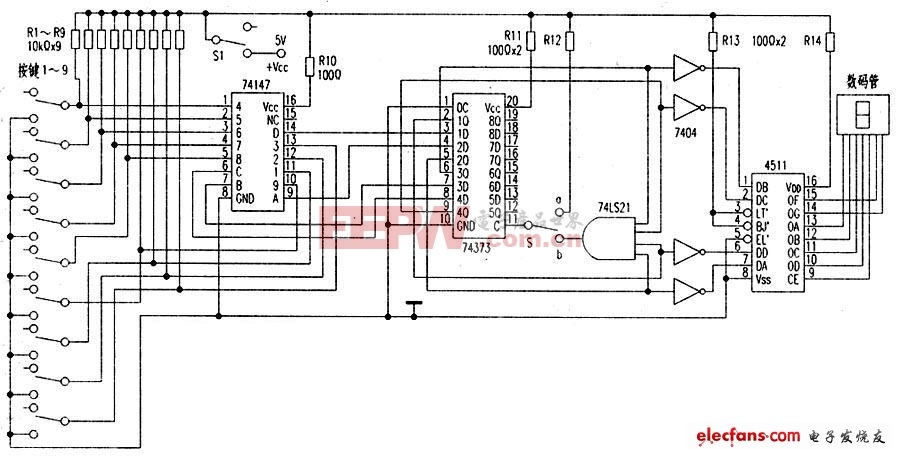
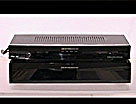


评论